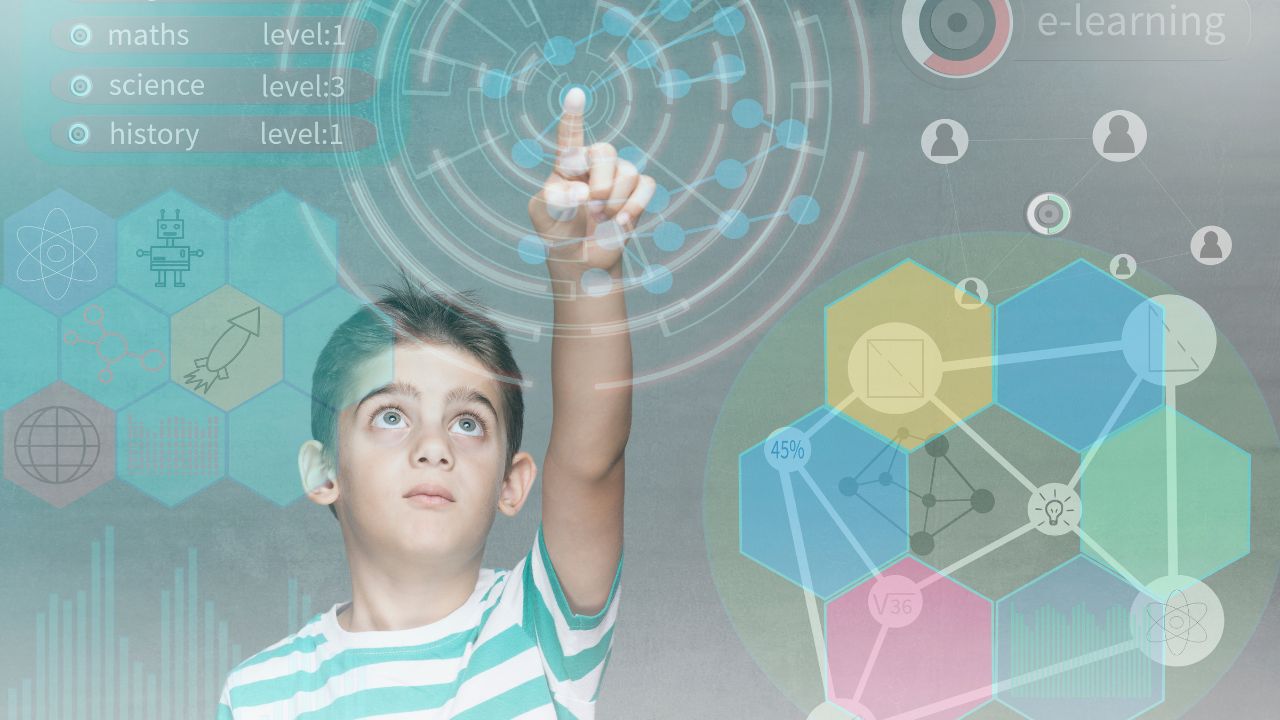In recent years, the educational landscape has been undergoing a significant transformation propelled by advancements in technology. The rise of Educational Technology, or EdTech, has revolutionized the way we learn and teach, providing innovative tools and platforms to enhance the educational experience. From virtual classrooms to personalized learning apps, EdTech has become an integral part of modern education, offering solutions to traditional challenges and opening up new opportunities for students and educators alike.
The Role of Personalized Learning in Driving the EdTech Revolution
One of the key drivers behind the rise of EdTech is its ability to cater to diverse learning styles and preferences. Traditional classroom settings often struggle to accommodate the individual needs of students, leading to gaps in understanding and engagement. Education tools, however, offer personalized learning experiences tailored to each student’s pace and level of comprehension. Adaptive learning algorithms analyze students’ performance data to deliver customized content and recommendations, allowing them to learn at their own speed and focus on areas where they need improvement. This adaptive approach not only enhances learning outcomes but also fosters a sense of autonomy and self-directed learning among students.
Democratizing Education Access
Furthermore, EdTech has democratized access to education, breaking down geographical and socioeconomic barriers. With the proliferation of online learning platforms and open educational resources, students from around the world can now access high-quality educational content regardless of their location or financial status. This has particularly benefited learners in underserved communities and remote areas, who previously had limited access to educational opportunities. By leveraging technology, educators can reach a wider audience and provide equitable access to education for all.
EdTech Revolutionizes Education Delivery
In addition to improving access and personalization, EdTech has revolutionized the way educators deliver instruction and assess student progress. Interactive multimedia resources, such as videos, simulations, and virtual reality experiences, bring abstract concepts to life and make learning more engaging and immersive. Collaborative tools and learning management systems facilitate communication and collaboration among students and teachers, enabling seamless interaction both inside and outside the classroom. Moreover, data analytics and assessment platforms provide valuable insights into students’ learning behaviors and performance, allowing educators to identify areas of improvement and tailor their instruction accordingly. By leveraging these tools, educators can create dynamic and interactive learning environments that cater to the diverse needs of their students.
Challenges of Implementing EdTech
However, despite the numerous benefits of EdTech, navigating the landscape of educational tools can be daunting for educators and institutions. The rapid pace of technological innovation often leads to a proliferation of options, making it challenging to identify the most effective solutions for specific learning objectives. Moreover, concerns about privacy, security, and data ownership raise important ethical considerations that must be addressed when implementing Education tools in educational settings. Educators must carefully evaluate the efficacy, usability, and ethical implications of different tools to ensure that they align with their pedagogical goals and priorities.
Bridging the Digital Divide with EdTech
Furthermore, the digital divide remains a persistent challenge, with disparities in access to technology and internet connectivity affecting marginalized communities disproportionately. In order to harness the full potential of EdTech and promote equitable access to education, concerted efforts are needed to bridge the digital divide and ensure that all students have access to the necessary resources and infrastructure. This requires collaboration between policymakers, educators, technology developers, and community stakeholders to develop inclusive strategies and initiatives that address the underlying barriers to access and participation.
Conclusion
Despite these challenges, the rise of EdTech represents a transformative opportunity to reimagine the future of education and empower learners with the knowledge and skills they need to succeed in the digital age. By leveraging innovative technologies and fostering collaboration and creativity, EdTech has the potential to revolutionize teaching and learning and unlock new possibilities for educational attainment and social mobility. As we continue to navigate the evolving landscape of educational tools, it is essential that we remain vigilant and proactive in addressing the challenges and opportunities that arise, ensuring that all students have access to the transformative power of education.
Read Also:- This Blog Will Show You About the New Digital Technology in Thailand













Leave a Reply